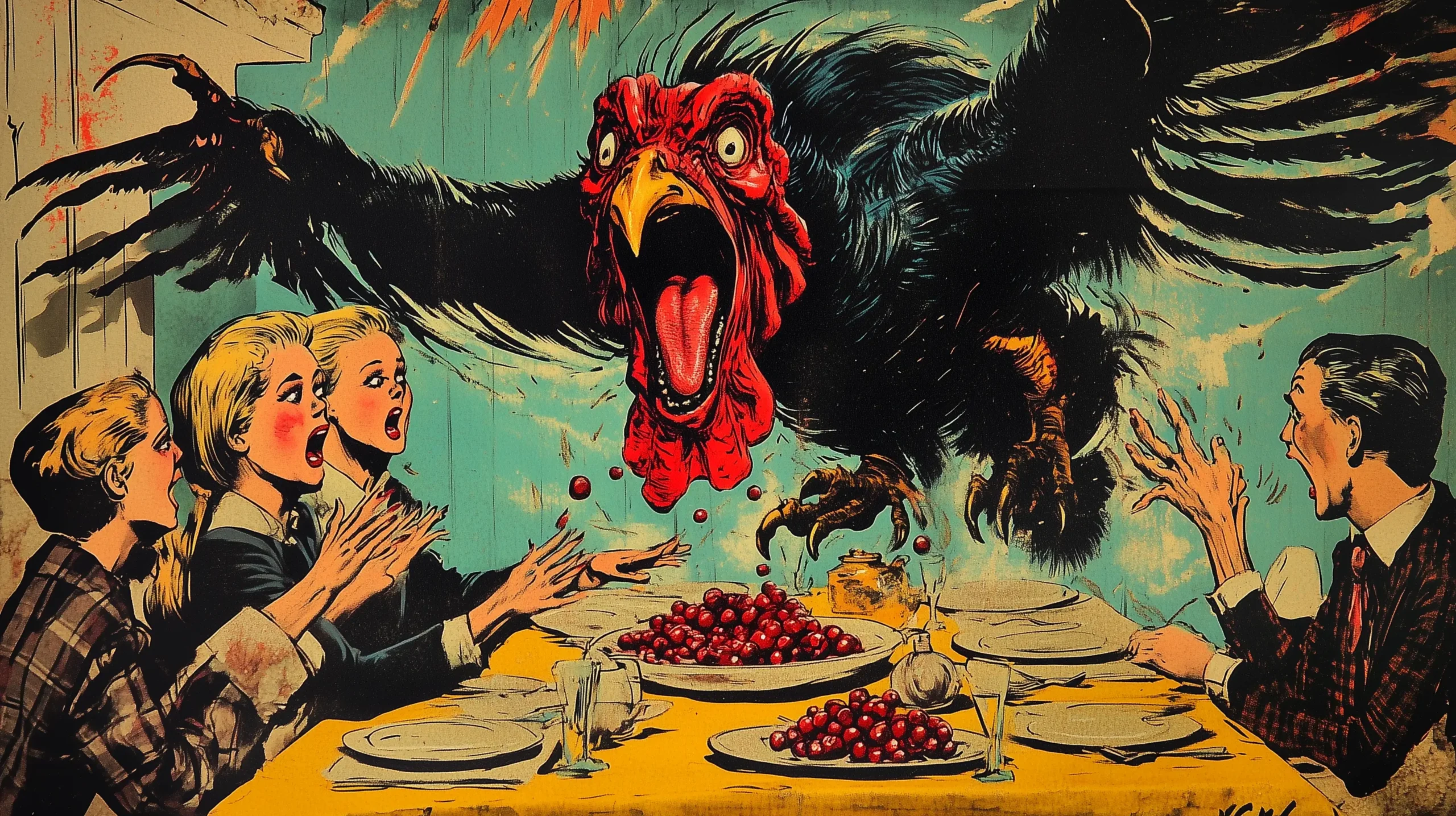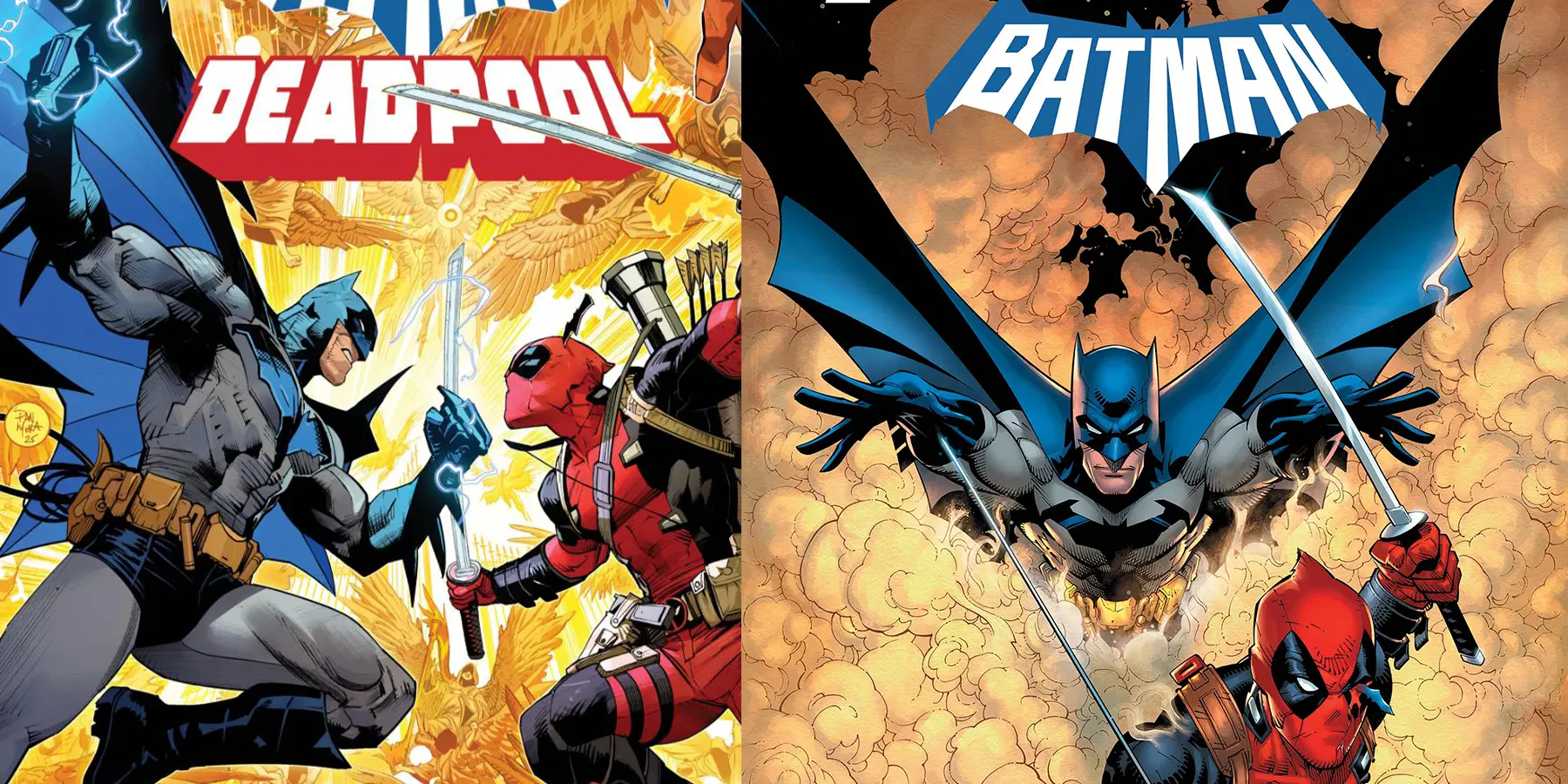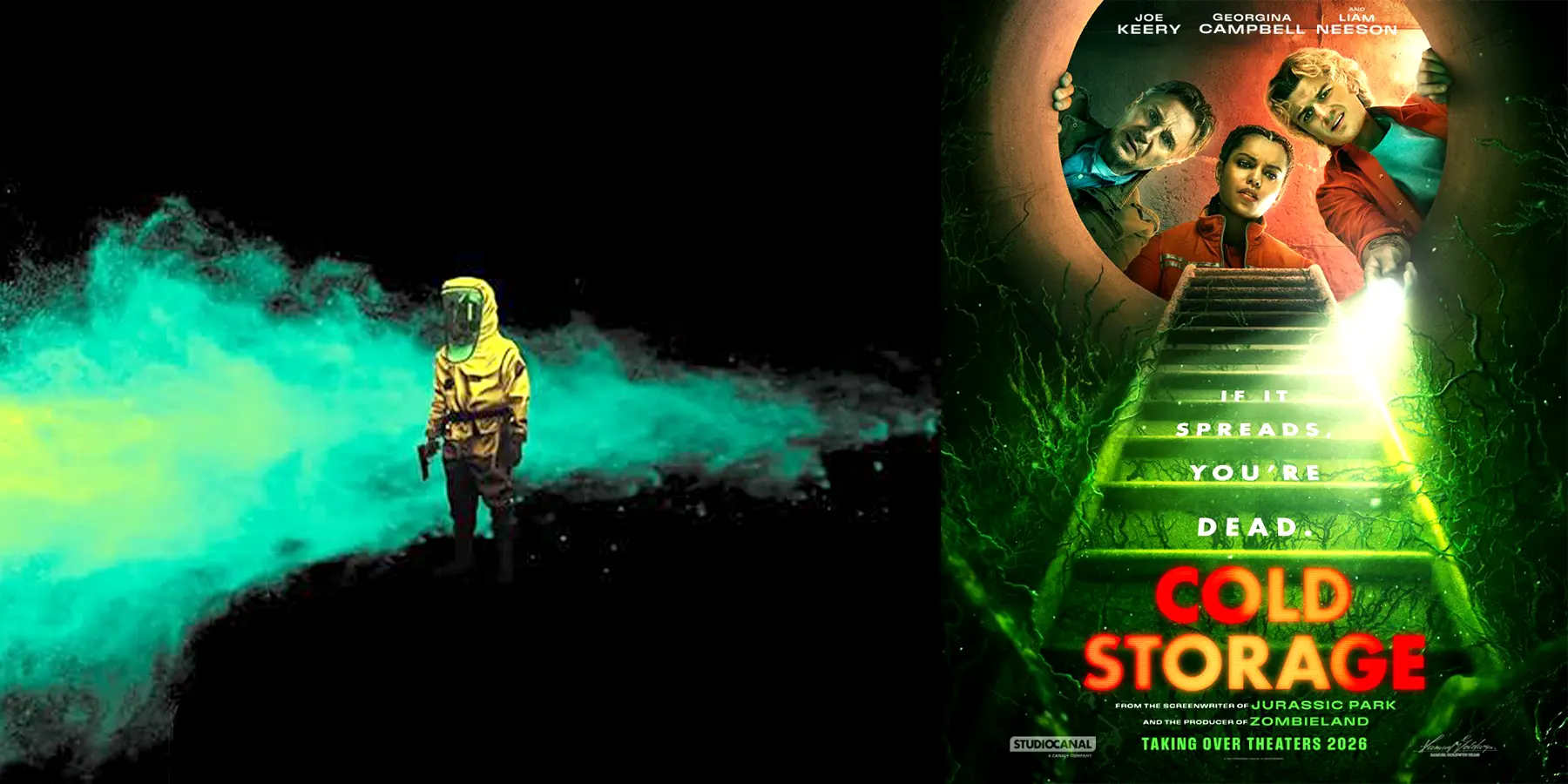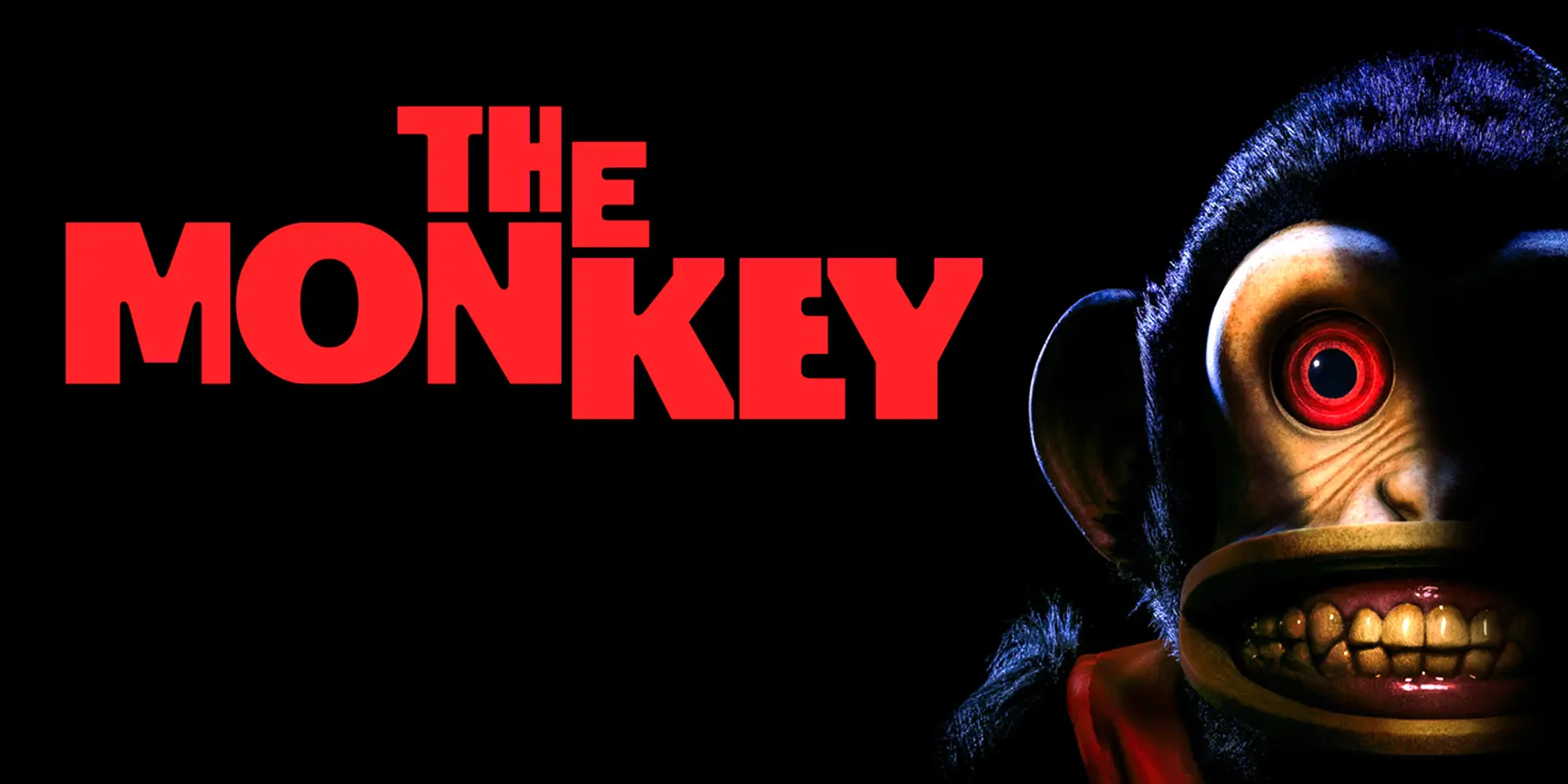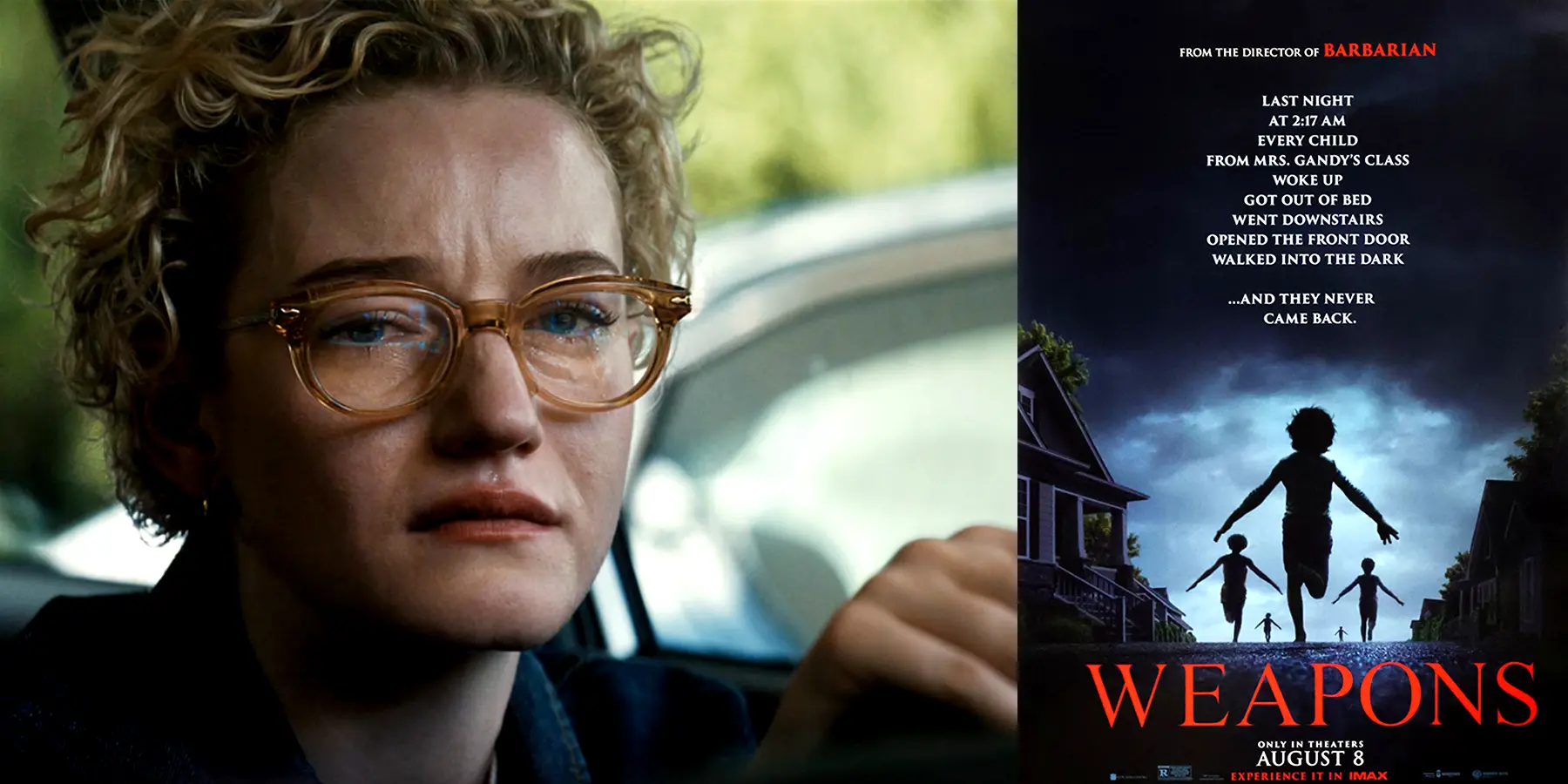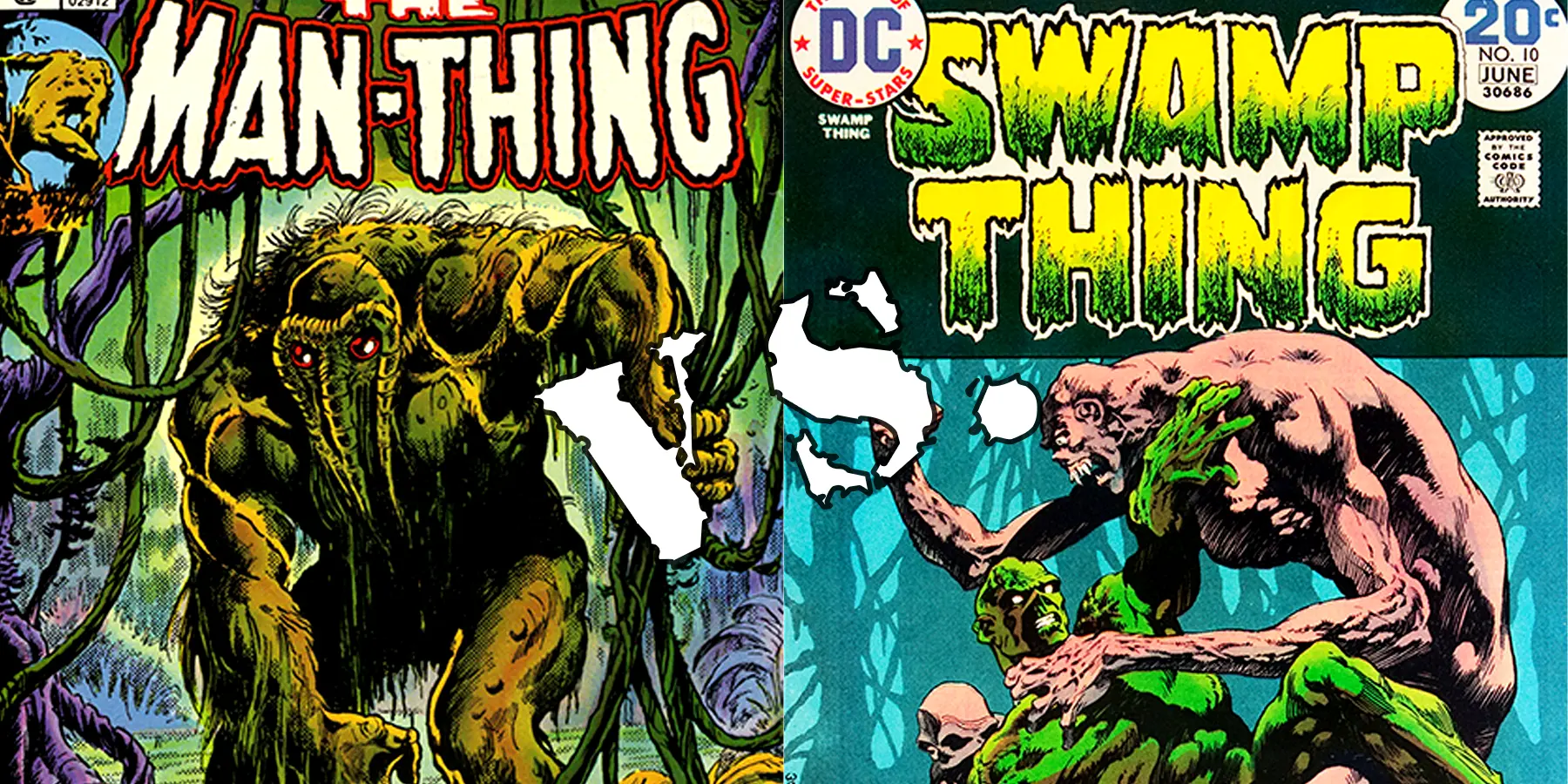
CROATOAN: THE WORD THAT HAUNTS AMERICA
It’s the oldest unsolved riddle in American history.
A word carved into a tree.
No bodies. No blood. No farewell.
Just: CROATOAN.
For centuries, that word has lingered like a ghost in the American psyche — whispered in folklore, scribbled into horror fiction, even muttered by a dying Edgar Allan Poe.
So what does CROATOAN really mean… and why does it keep showing up when things go missing?
Let’s open the case file.

